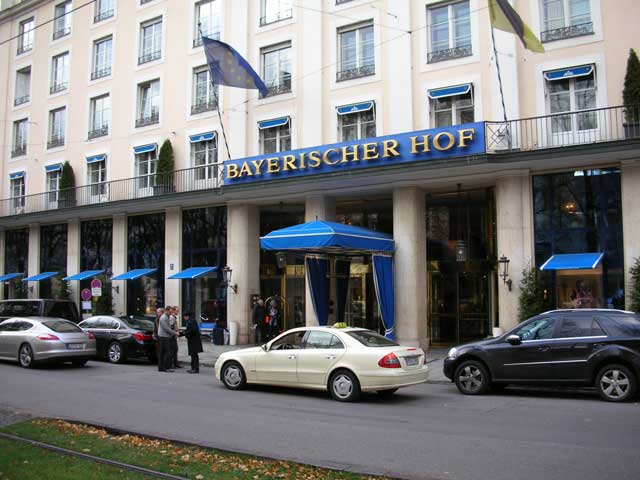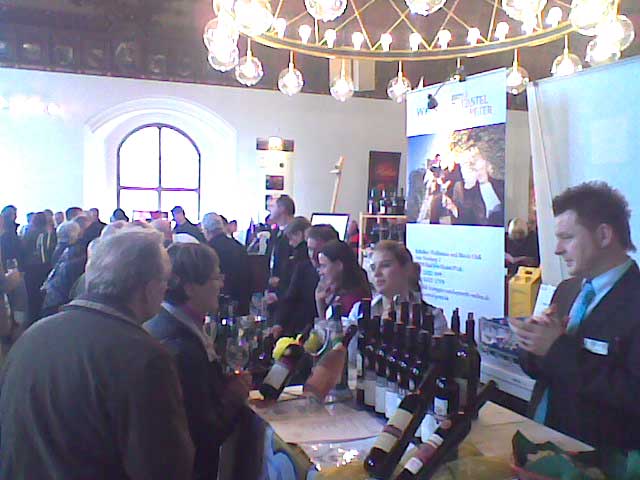Holger Koch, Grauburgunder Herrenstück, 2008
Sun-kissed Baden, the southernmost of Germany's wine growing regions, specialises on Pinots: Pinot Noir, Pinot Bianco and Pinot Gris/Grigio (or Spätburgunder, Weißburgunder and Grauburgunder), and for some reason we have so far only reviewed Spät- und Weißburgunder from Baden on the Wine Rambler. So it was high time to open a bottle of Grauburgunder and and do some reviewing - and this time it was not just me, but a group of British wine drinkers who joined the London Wine Rambler for a night of fun yesterday.


